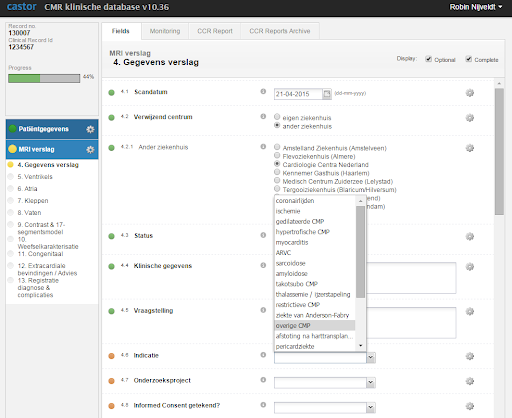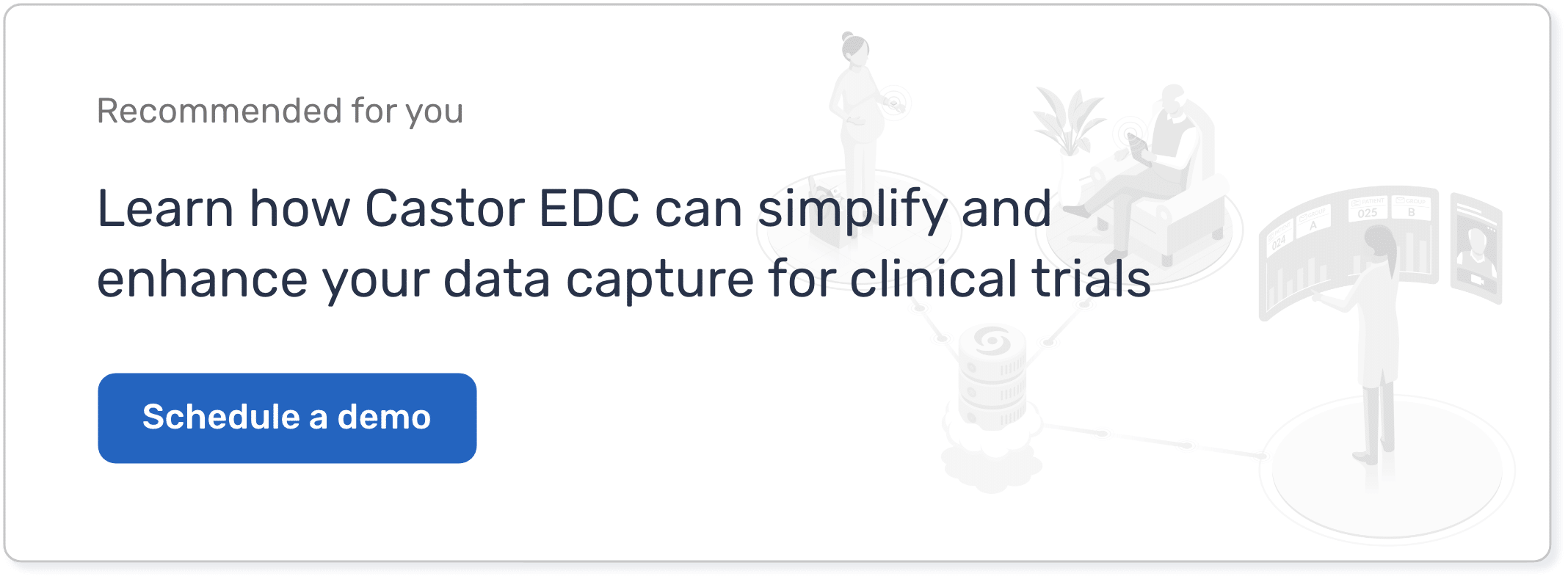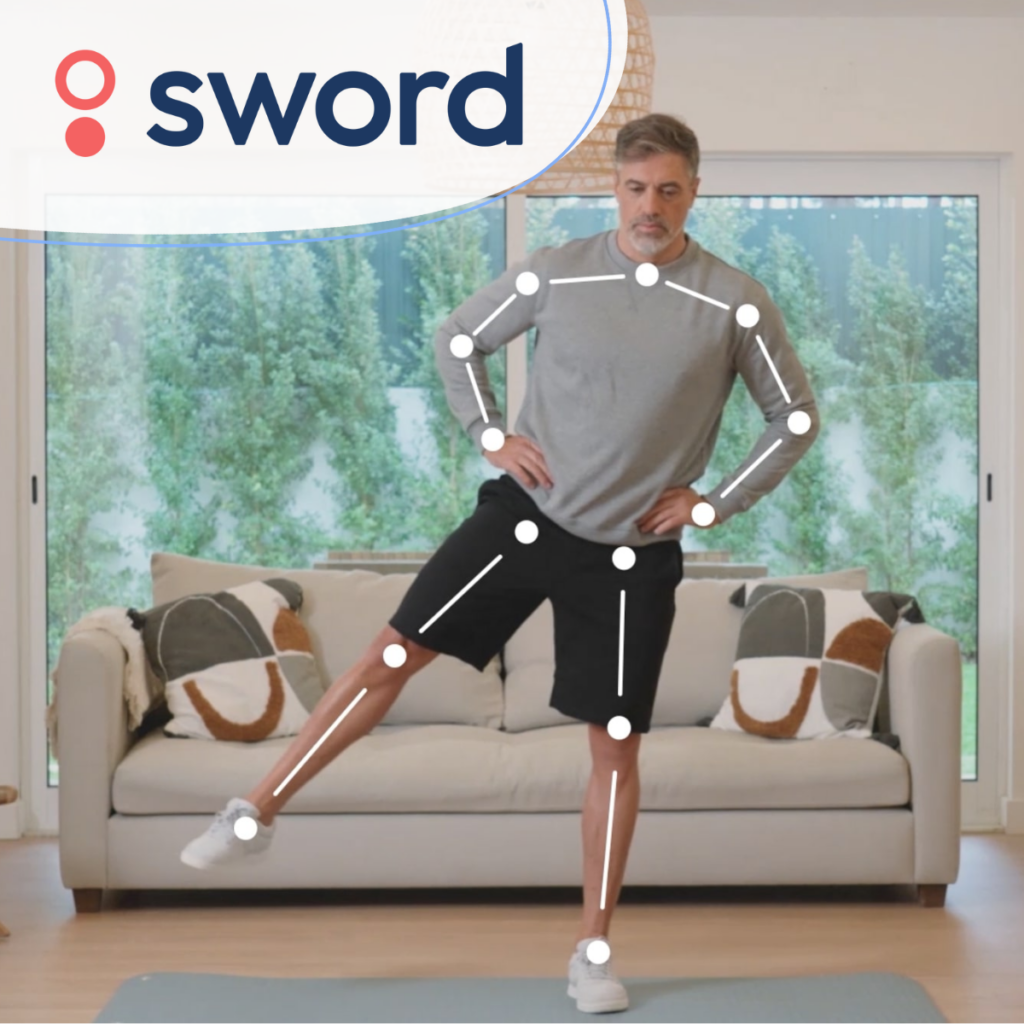As a cardiologist, you probably dread the amount of time spent behind your desk filling out reports. Cardiology clinics deal with large amounts of cardiac MRI’s from which findings need to be reported. But time spent on reporting is time not spent on seeing patients.
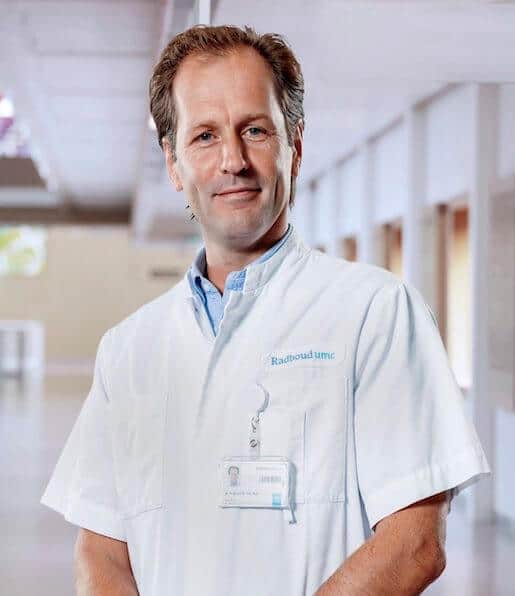 Dr. Robin Nijveldt is a cardiologist at Radboudumc (Nijmegen, NL). His department processes around 750 cardiovascular MRI reports each year. Frustration caused by endless reporting drove him to find an alternative.
Dr. Robin Nijveldt is a cardiologist at Radboudumc (Nijmegen, NL). His department processes around 750 cardiovascular MRI reports each year. Frustration caused by endless reporting drove him to find an alternative.
Together with his colleague Alexander Hirsch (ErasmusMC, Rotterdam) and Castor, he has now developed a method that leads to semi-auto generated reporting in a standardized format. The standardized format makes MRI reports easier to understand for physicians and more comparable among colleagues. The system is now used by three hospitals with 3,500 reports uploaded per year. According to Dr. Nijveldt, he now sees a 50% reduced workload on reporting. I had the pleasure of interviewing Dr. Nijveldt on what inspired him to come up with the system and how it could benefit other cardiologists.
“Dr. Nijveldt, could you briefly describe the CMR database?”
The cardiovascular MRI scans we perform consist of different measurements from a combination of techniques, such as tissue characterisation, flow analysis and detection of ischemia or fibrosis. Interpreting the images requires experience. It is particularly difficult for physicians to interpret different results. For this reason, we write a report explaining the results with a comprehensive conclusion. Writing such reports takes a long time and is done differently from department to department. In addition, the guidelines on what to report have become far too extensive to do by hand.
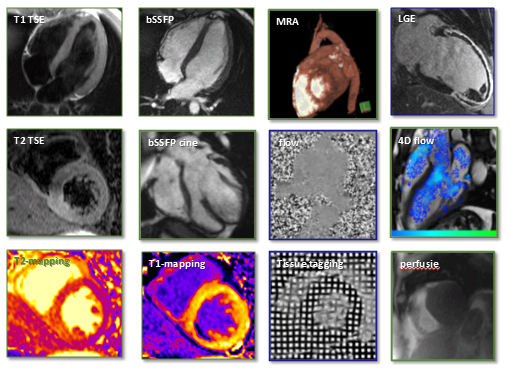
Together with Castor, we built an online portal that guides you through the MRI procedure step by step. The results are filled out while performing the MRI or shortly thereafter. When the procedure is complete, a standardized report is auto-generated in clear written language. This means no additional time is spent after the procedure to write up the report.
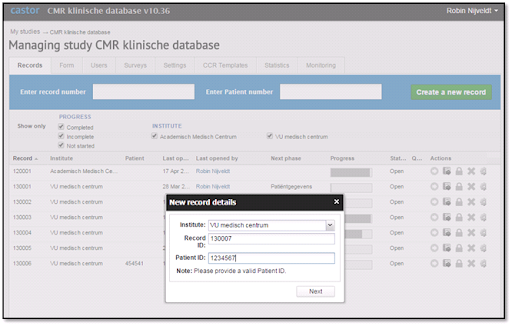
“What is the main benefit of the system?”
One of the main benefits of this technology is that the findings of a scan are translated in a structural and understandable way to the physician. The technology also acts as a quality control measure, because it takes cardiologists through a clearly defined step-by-step process. This will lead to more qualitative and comparable results, in line with the guidelines.
When it comes to writing reports, local practices often deviate substantially from the guidelines. It is sometimes hard to compare reports between cardiologists and even more so between institutions. Because reports are now standardized, we can be sure that reports are in line with the guidelines and comparable between departments.
Another clear benefit is that we no longer spend any time on writing reports, as the report is automatically generated. Our department now spends 50% less time on writing reports—a substantial improvement.
“What happens to the reports after they are generated?”
In addition to the report being saved to the patient’s hospital record and sent to the physician, we save the parameters encoded from the report in the Castor EDC’s database. Having all the data in a single place allows us to search the data and generate overviews of the scans we have performed in a certain time period in our hospital. This allows us to see how MRI has sometimes changed the diagnosis leading to improved patient care — very useful when negotiating with healthcare payers.
As an academic hospital, we also use the database for research and education. Because we share the database with several other hospitals it becomes very easy to collaborate with these hospitals for joint research. In addition, It is easy to query pathologies of complex scans. I regularly use this feature with my students.
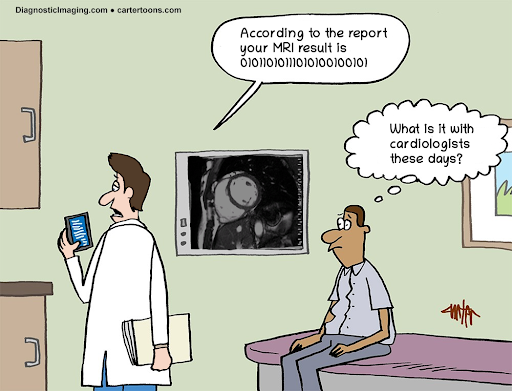
“Can you tell me something about the collaboration with other hospitals?”
There are commercial initiatives by companies such as CMR COOP and Heart IT that offer standardized MRI reporting systems with a similar setup. These are, however, often expensive to use, too exhaustive, and not focused on local practice. The CMR database, however, is a public-private partnership between academic hospitals and Castor EDC. Participation will cost substantially less than commercial solutions. Furthermore, our database is open for research and education.
We currently collaborate with Amsterdam UMC, ErasmusMC and Radboudumc with a total of 3,500 reports uploaded to the database each year. We are also in talks with several other hospitals to join.
“Are there any privacy issues with using this technology?”
We store patient identifiable data only in the hospital’s patient dossier. No imaging or patient data is saved in the MRI database. However, we are working towards saving patient-identifiable data in an encrypted format so that it can be stored but only be accessed by the authorized department. Working together with Castor, privacy and security issues are covered.
